About Catedral de Barcelona
The Barcelona Cathedral is one of Catalonia's largest and most breathtaking religious buildings. It is also commonly referred to as the Cathedral of the Holy Cross and Saint Eulalia, which was founded in the 14th century. Eulalia was a martyr for her unwavering faith in Jesus Christ, who she acknowledged as the Christ. Her body was interred in the Cathedral's crypt. Located in the heart of Barcelona, this magnificent church was built in the Gothic style and serves as the seat of the Archbishop of Barcelona. In the 12th century, a church was constructed on land that had previously served as a Roman temple. Saint Eulalia, who died as a result of her torture at the hands of the Romans, is the honoured patron of this establishment. The church's main altar is where her body was interred. Architecturally, both the Gothic and Neo-Gothic styles found there are exceptional. Its overall beauty is attested to by the numerous statues, pinnacles, and arches that decorate it.
Recommended Read: Seville Holiday Packages
Catedral de Barcelona Highlights
• If you want to make the most of your time in Barcelona, make plans to see the city's most well-known landmark, the Cathedral of Barcelona.
• Located in the historic Gothic Quarter, the cathedral's outside is as breathtaking as its interior.
• Take a stroll through the memorial and stop by each section to learn about the three distinctly different styles of architecture that shaped it.
• Wonder at the magnificent Gothic interior in the many nooks and crannies of the cathedral, complete with a wide variety of gargoyles, stained glass windows, and lofty ceilings.
• Visit the stunning choir to take in the amazing sculptures crafted in a Catalan Gothic style.
• Spend some time relaxing at the Well of the Geese in the Gothic cloister and soaking up the serene atmosphere.
• Visit the Sala Capitular, also known as the Chapter House, with your friends and behold some magnificent artwork.
How To Reach Catedral de Barcelona
By Bus: Get off at Via Laietana - Pl Ramon Berenguer on bus routes #47, 120, N8, N28, V15, or V17. The Barcelona Cathedral can be reached on foot in less than four minutes.
By Metro: If you're taking the metro, head toward Liceu on the Green Line (L3) and exit at the Liceu stop. The Cathedral of Barcelona can be reached on foot in just 7 minutes. You can also take the Jaume I stop on Line L4 of the Yellow Line. It's a quick 4-minute stroll from here.
Suggested Read: Best Things to Do in Seville Spain
Best Time To Visit Catedral de Barcelona
The best time to visit Barcelona is in the months of late March through late September or early October to take advantage of the city's wealth of cultural offerings. The weather is fine, making it a perfect day for strolling the city streets.
Read More: Seville Holiday Packages
Catedral de Barcelona Other Essential Information
Here are some tips that every tourist should keep in mind while visiting the Catherdral Of Barcelona:
- The months of April through July and September through November are ideal if you're seeking for a more tranquil vacation in Barcelona. It's not just the pleasant weather throughout these months; there are also many celebrations to attend.
- Tickets to major attractions in Barcelona frequently sell out early because of the city's large tourist population. If you want to avoid missing out and save money, buying your tickets in advance is a must.
- There are many interesting places to visit in Barcelona, and many of them are within easy walking distance of each other. If you want to make the most of your time in Barcelona, pack a sturdy pair of walking shoes that you can relax in.
Must Explore: Barcelona Spain Attractions
The Museum
The Gothic Barcelona Cathedral also houses a tiny museum, which can be found beneath the gallery of the cloister, close to the Saint Lucia chapel. Few artefacts are on display at the museum. The small number of works on display are, however, widely regarded as masterpieces, particularly those by Spanish gothic painter Bartolomé Bermejo. Artwork of Saint Bernardino and the Guardian Angel can also be found here, in addition to a terra - cotta statue of Saint Eulalia by Anthony Claperós
Also Checkout: Barcelona Holiday Packages
Chapel of Lepanto
To hold meetings or as a small chapterhouse, the Chapel of Lepanto was constructed. Its unusual crucifix, the Holy Christ of Lepanto, is the reason for its special status. Legend has it that the crucifix's distinctive slant developed when a cannonball struck it while it was on board a royal ship. The crucifix supposedly miraculously swung to the side to escape the flames and has remained crooked ever since. There is also the legend that the cross was originally on board but was later relocated to hide a gaping hole that threatened the ship's survival.
Also Checkout: Madrid Holiday Packages
Cloister
The cloister is adjacent to the Barcelona Cathedral and is easy to reach from the cathedral's main floor. It was constructed in the 14th century, long after the cathedral had already been constructed. The 13 geese who regularly visit the Well of the Geese to take a refreshing dip are a big part of why this place is so well-liked; the courtyard itself is charming, with its tall palm trees providing a welcome respite from the Gothic Quarter. A flock of geese is said to represent Saint Eulalia's age when she was killed. One of the few places in Barcelona to witness the eye-catching 'Ou com Balla,' or dancing egg, tradition, this is a must-see!
Crypt of Saint Eulalia
There is a crypt dedicated to Saint Eulalia located beneath the High Altar. The tomb of Saint Eulalia, a martyred virgin, who died in the fourth century is still there. The Saint's body is entombed in a unique polychromed, alabaster Gothic sarcophagus, which can be found in the crypt as well. The crypt was built in the early 14th century by architect Jaume Fabré.
Also Explore: Historical Places In Granada
Sepulchre of Saint Raymond of Penyafort
Saint Raymond of Penyafort is buried in the chapel's sepulchre beneath the altar. The tomb of Saint Catherine, which was originally located in the convent's construction in the 14th century, is also on display. Saint Raymond of Penyafort's Gothic tomb with depictions of important moments in his life sits atop the altar.
Chapel of Saint Lucia
The Chapel of Saint Lucia was constructed between 1257 and 1268 in the late Romanesque style. Originally intended for the Virgin Saints, it has been solely devoted to Saint Lucia, the visionary protector, since 1296. The structure is square in plan, with two doors leading to the cloister and the street.
Recommended Read: Spain Tourist Attractions
Door of Saint Ivo
The Door of Saint Ivo, which is thought to be the Barcelona Cathedral's oldest door, has served as the structure's main entrance for more than 500 years. Saint Ivo, the patron saint of lawyers, was honoured with the naming of the door in the 15th century.
Chapter House
The Cloister leads to the Cathedral's new Chapterhouse, which is situated close to the Chapel of Saint Lucia. Between 1703 and 1705, artist Pau Prim painted the Glorification of Saints Eulalia and Olegarius, which adorn the interior of the building under a barrel vault with lunettes.
Also Checkout: Honeymoon In Spain
Tourism Board Alliances
Catedral de Barcelona FAQs
What are the other attraction tickets that I can book through Thrillophilia while in Spain?
Here are some of the attraction tickets that I can book through Thrillophilia while in Spain:
What are the best day and night tour packages you can book with Thrillophilia?
Here are the best day and night tour packages you can book with Thrillophilia:

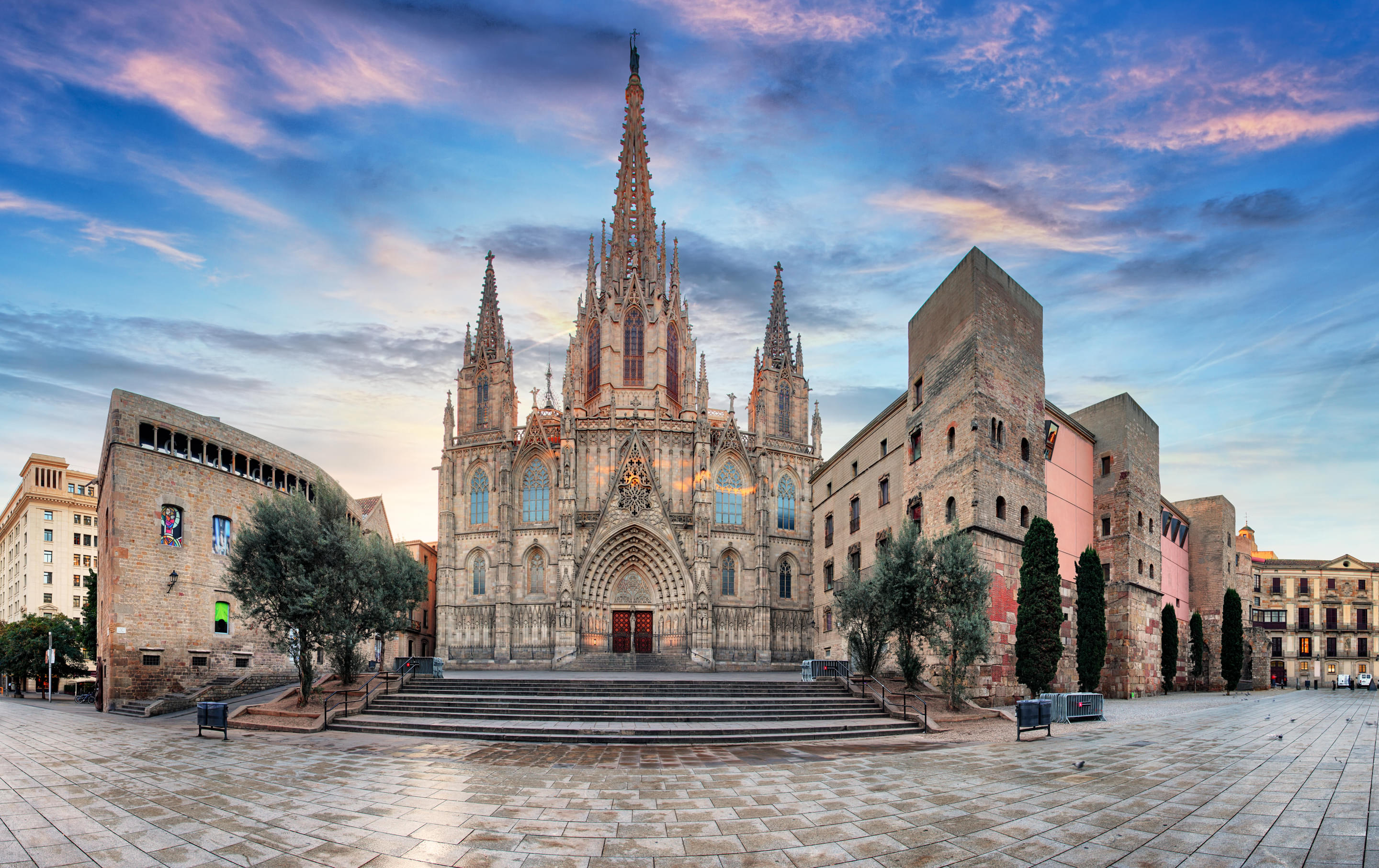




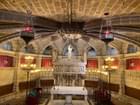
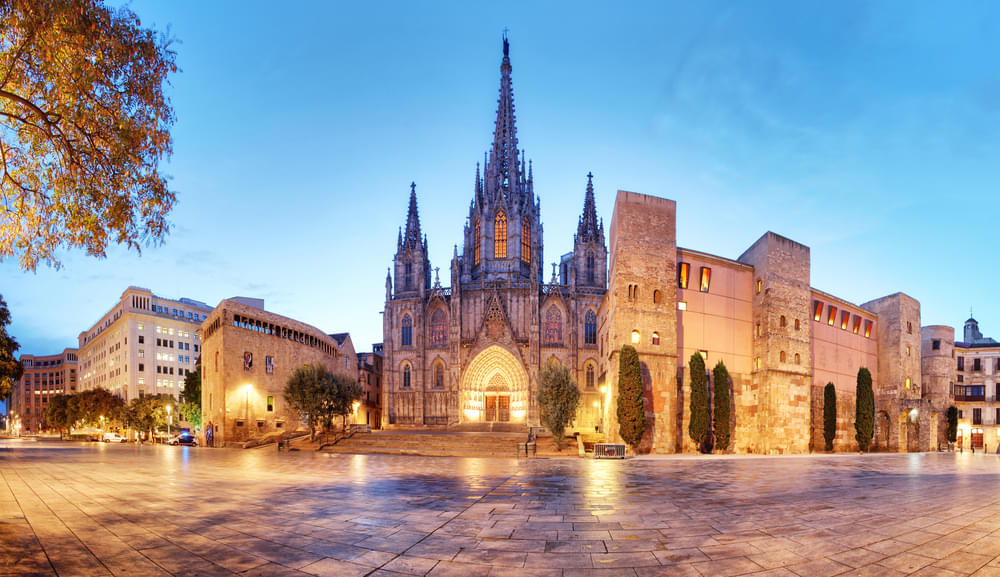
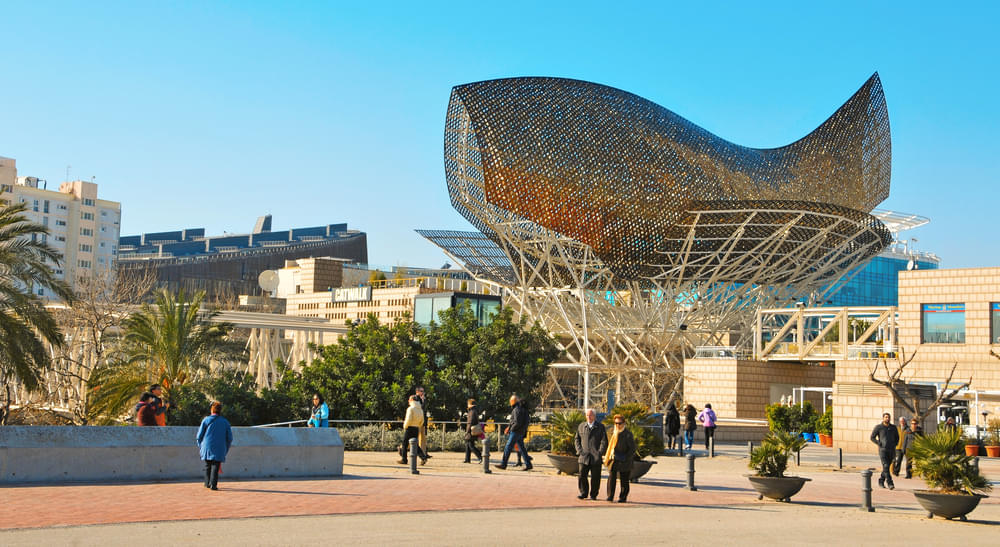
.png)
.png)
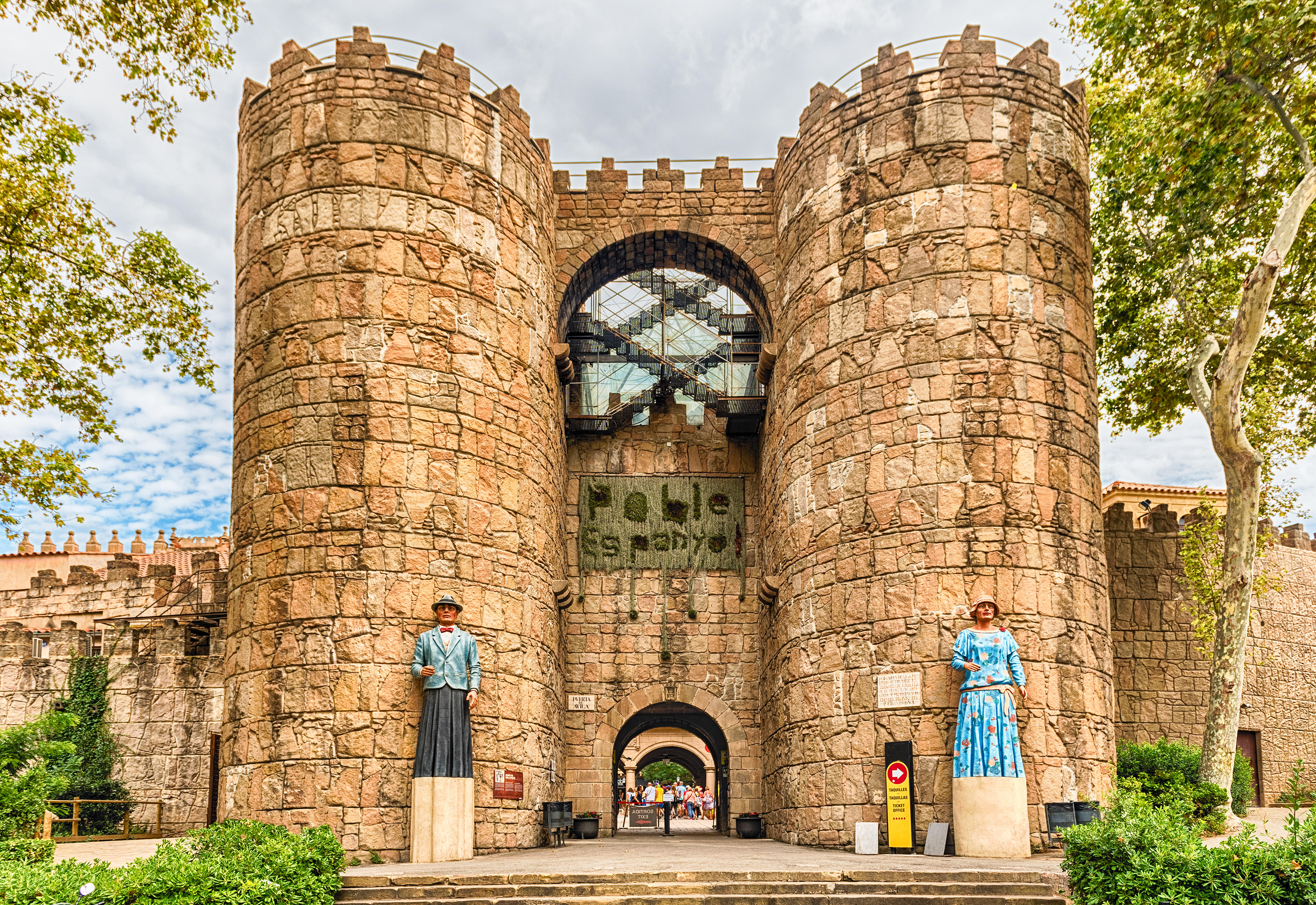
.jpg)